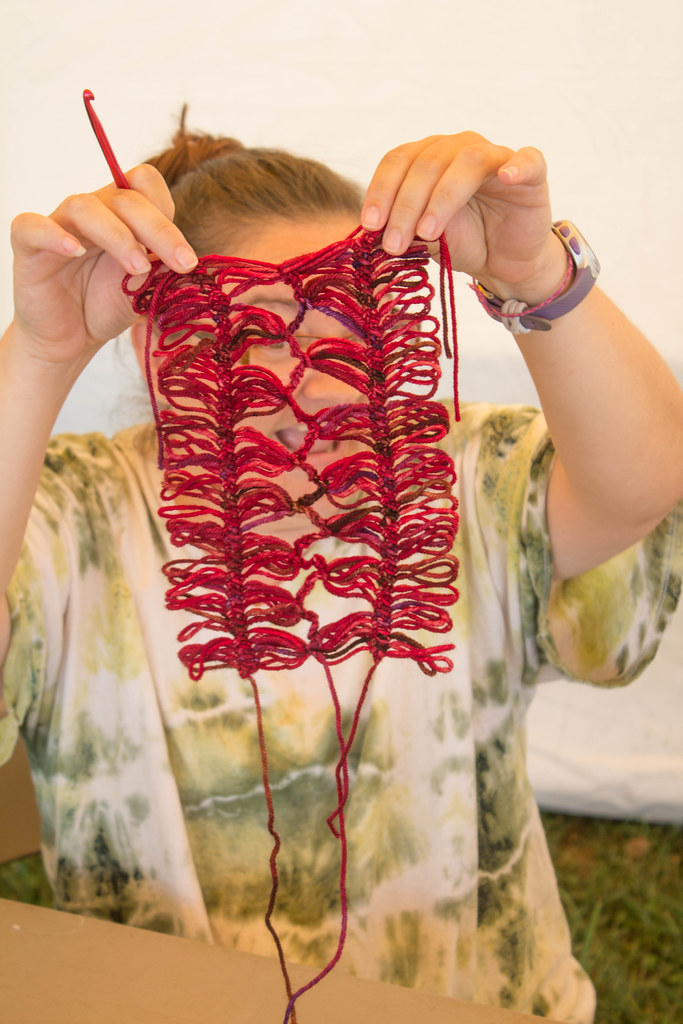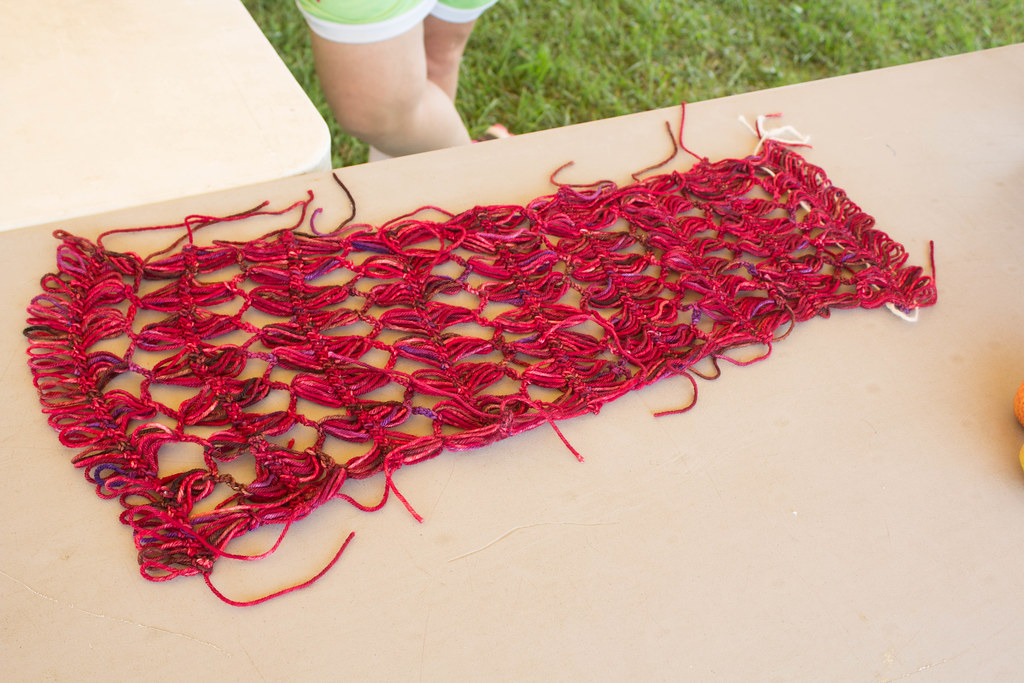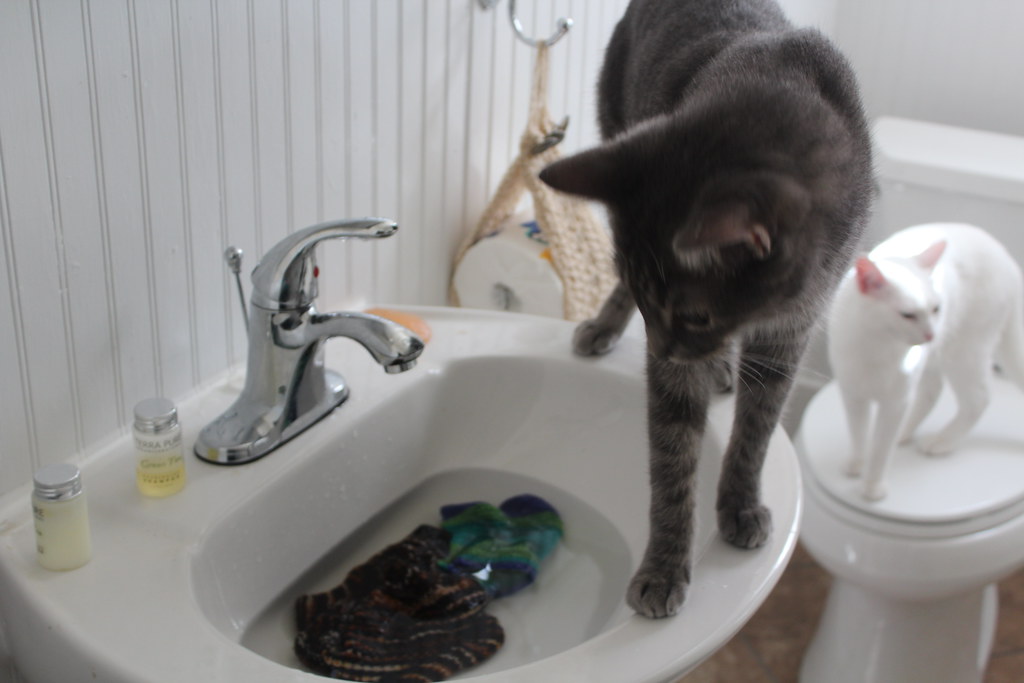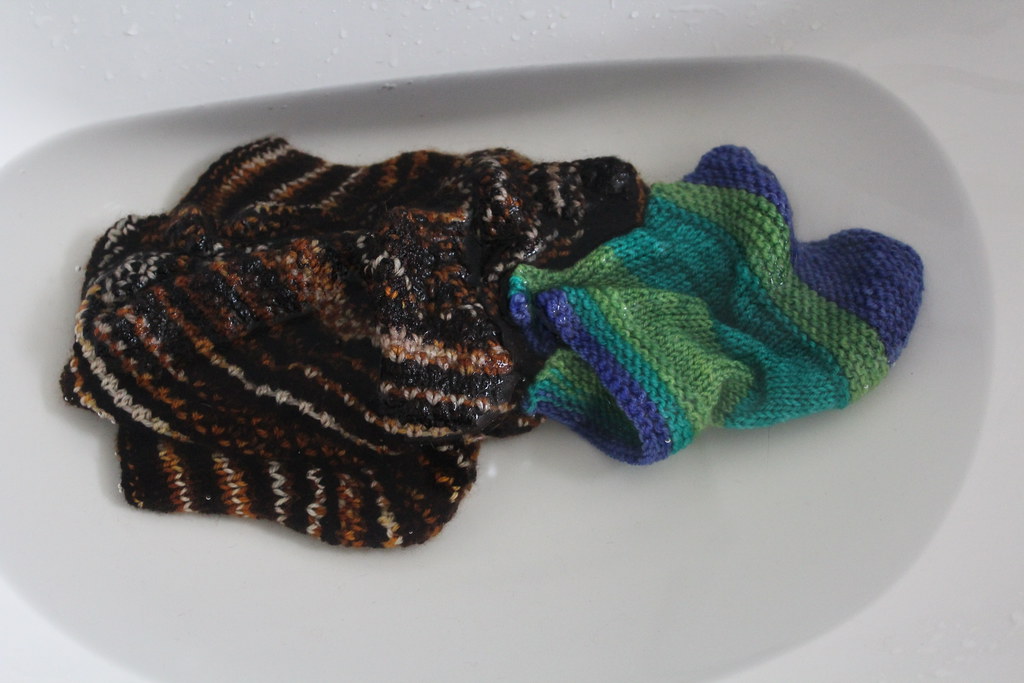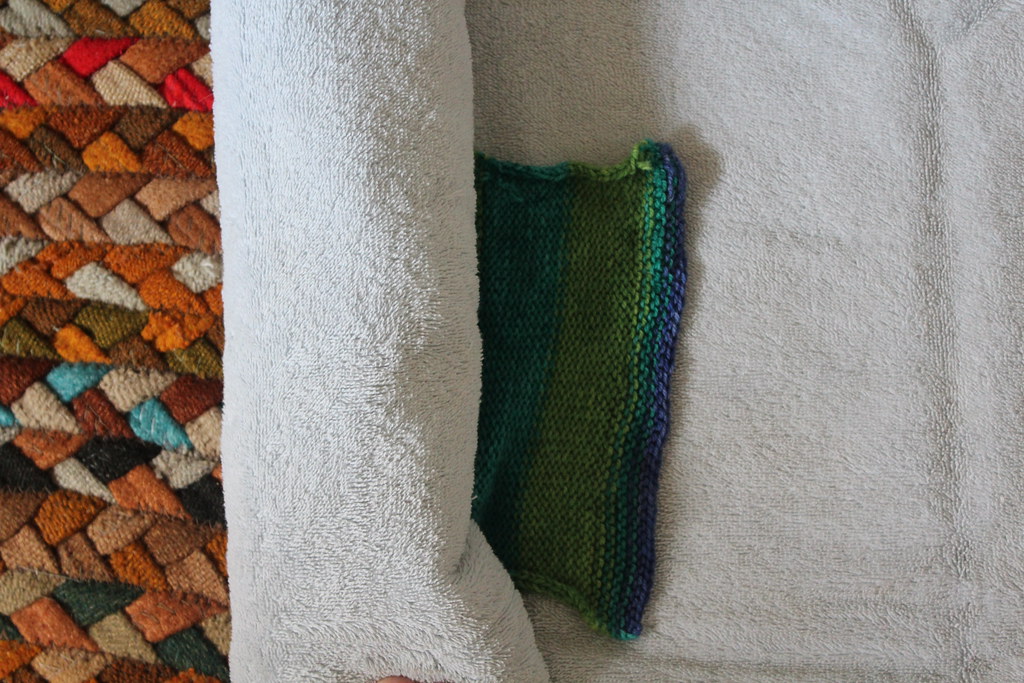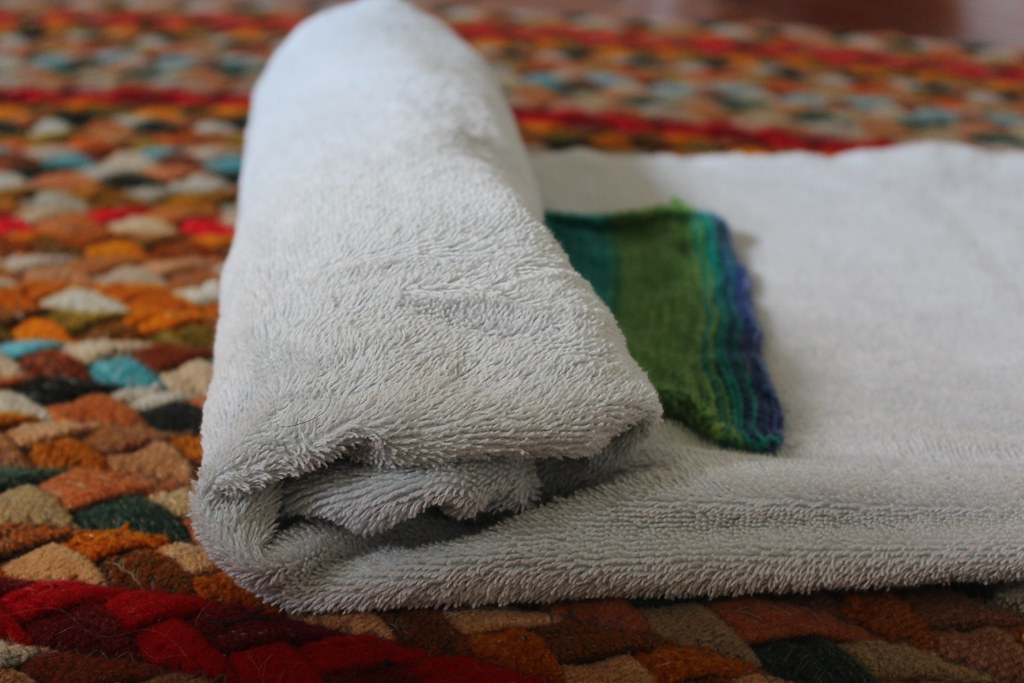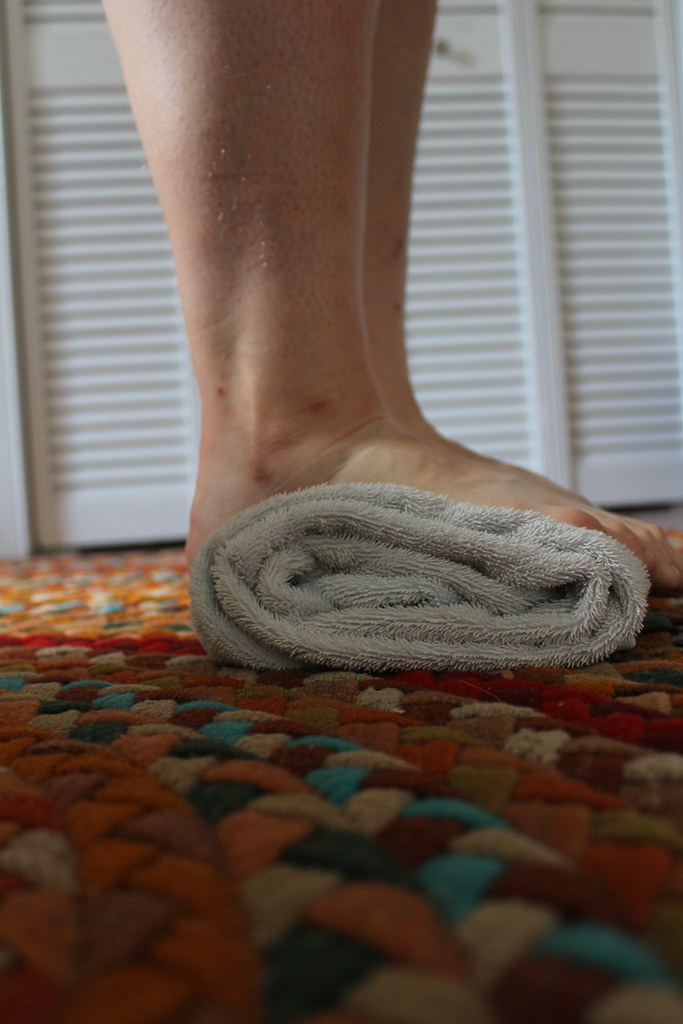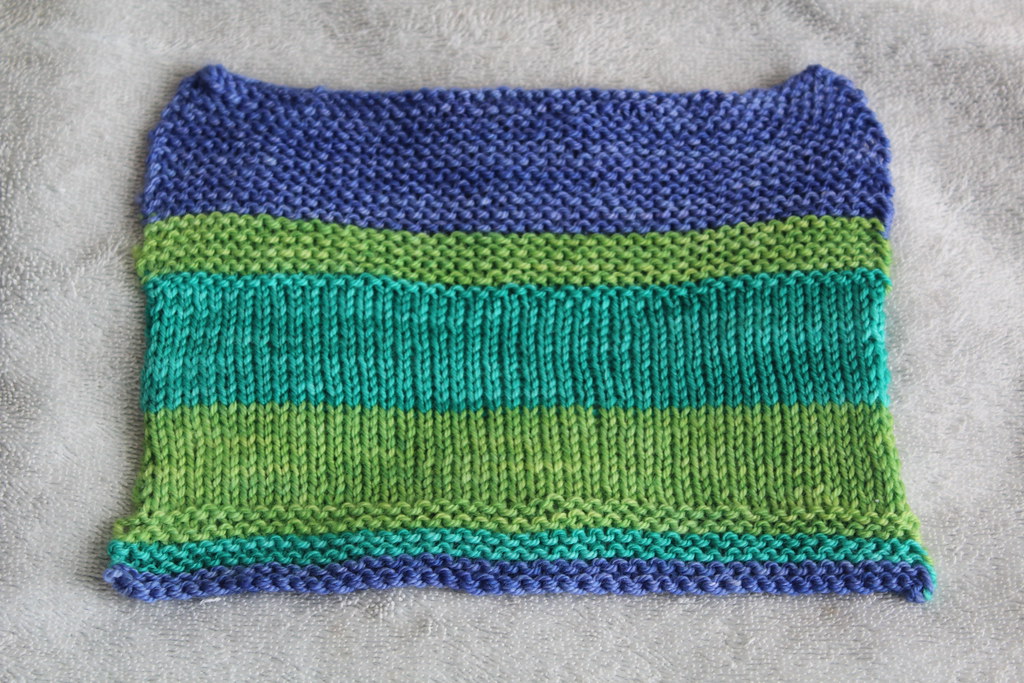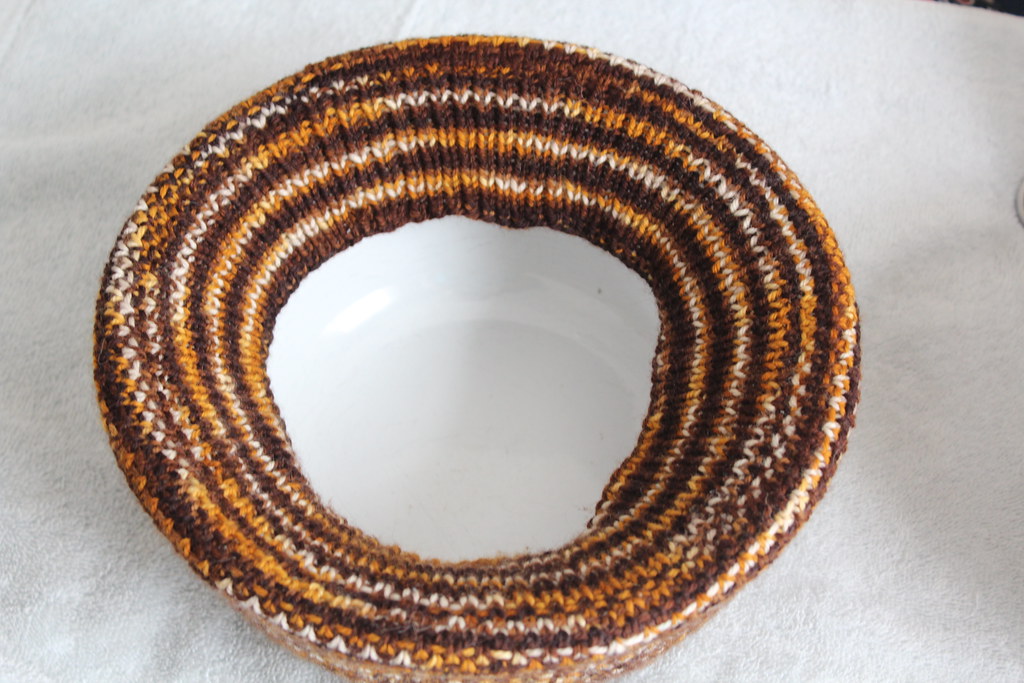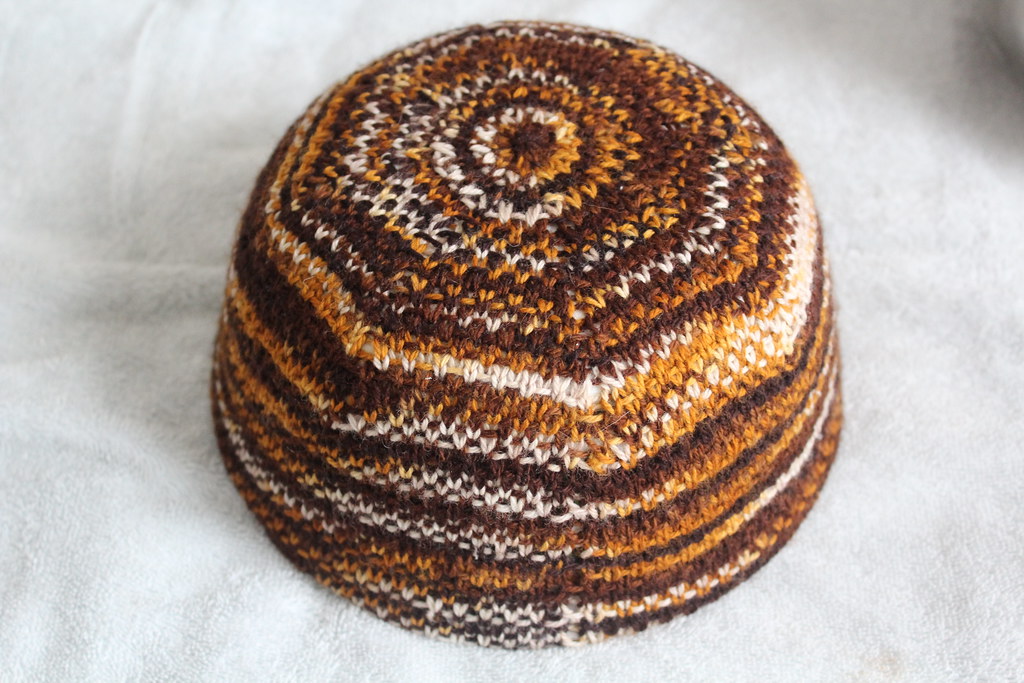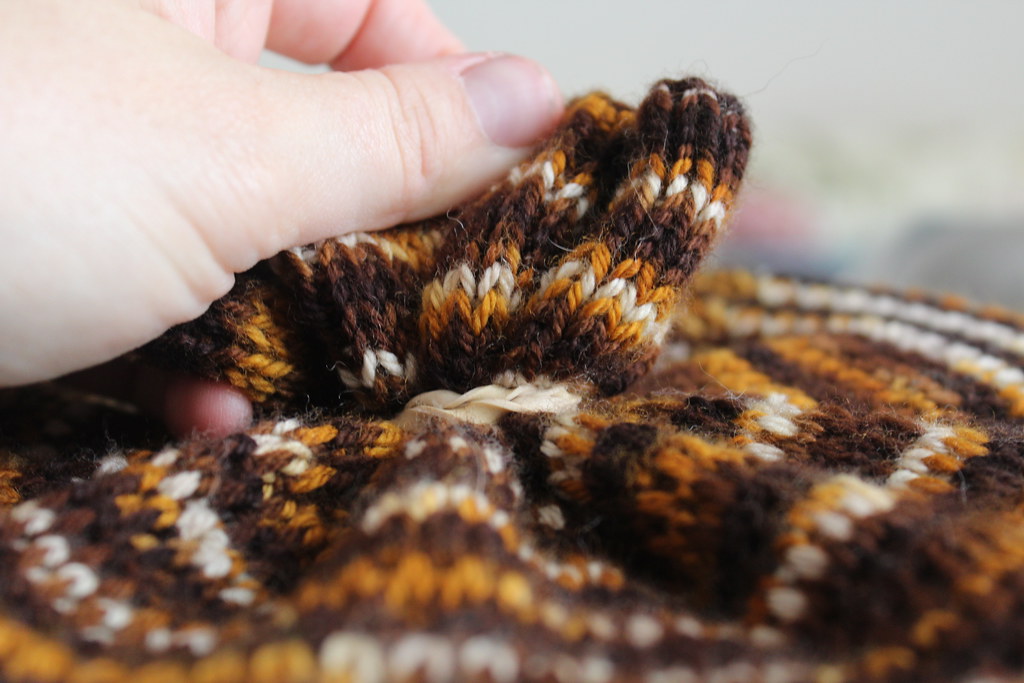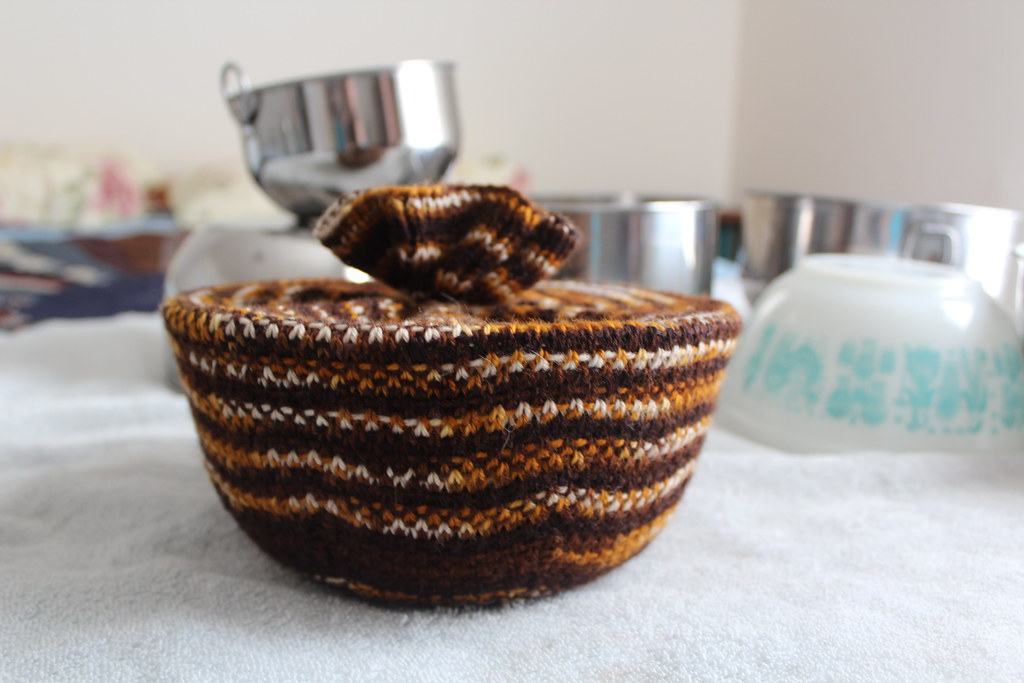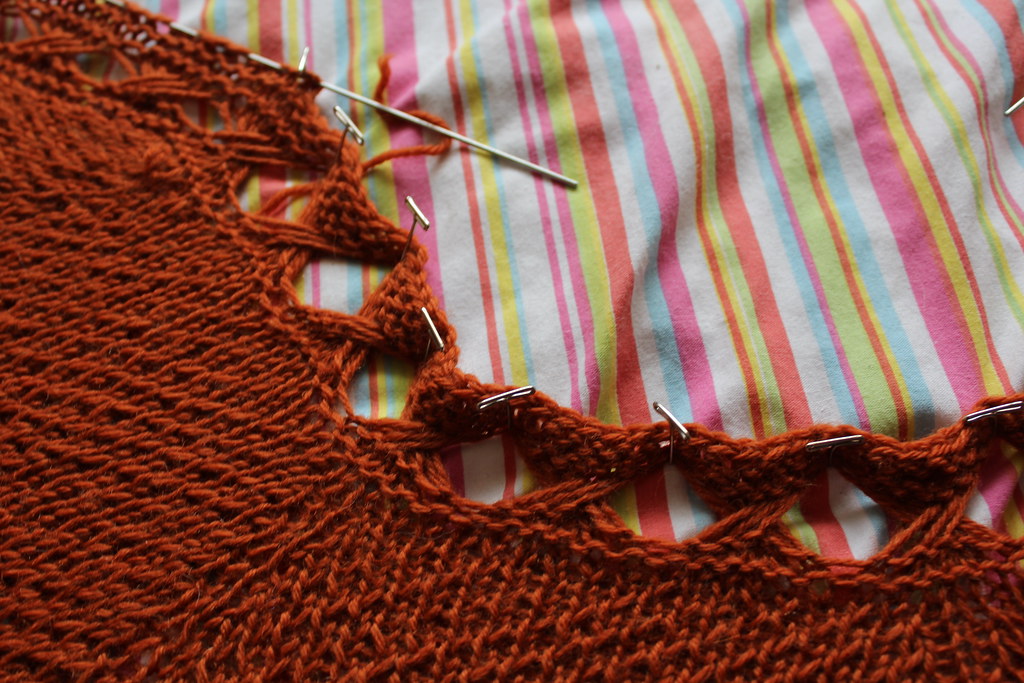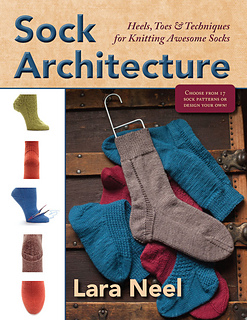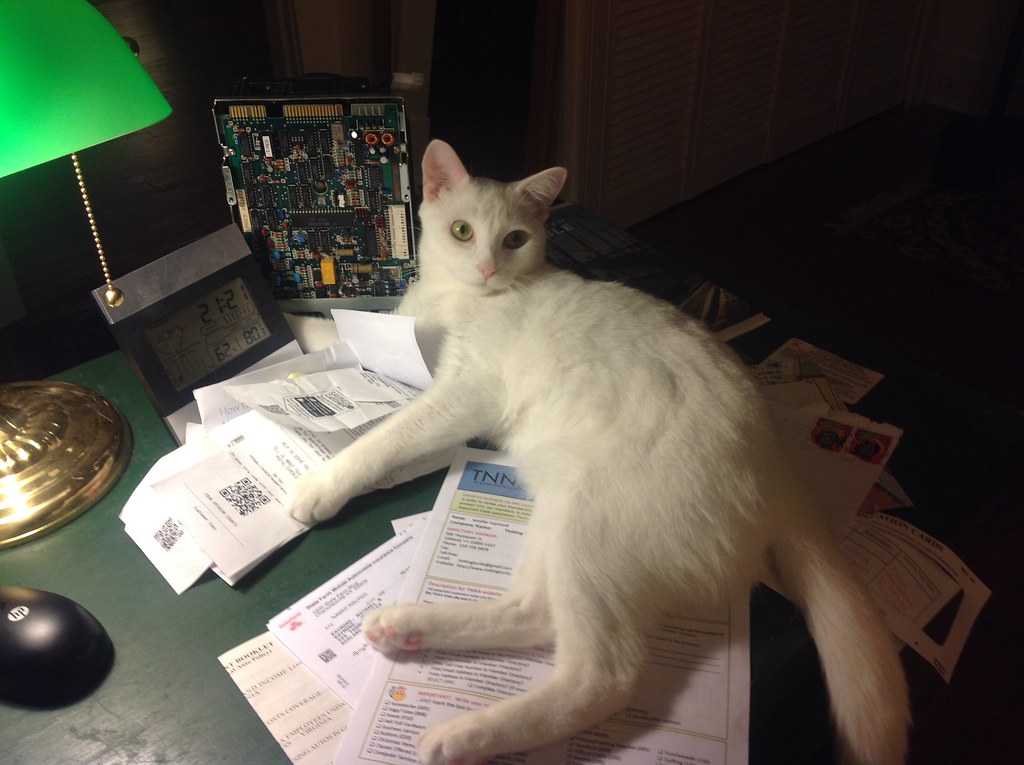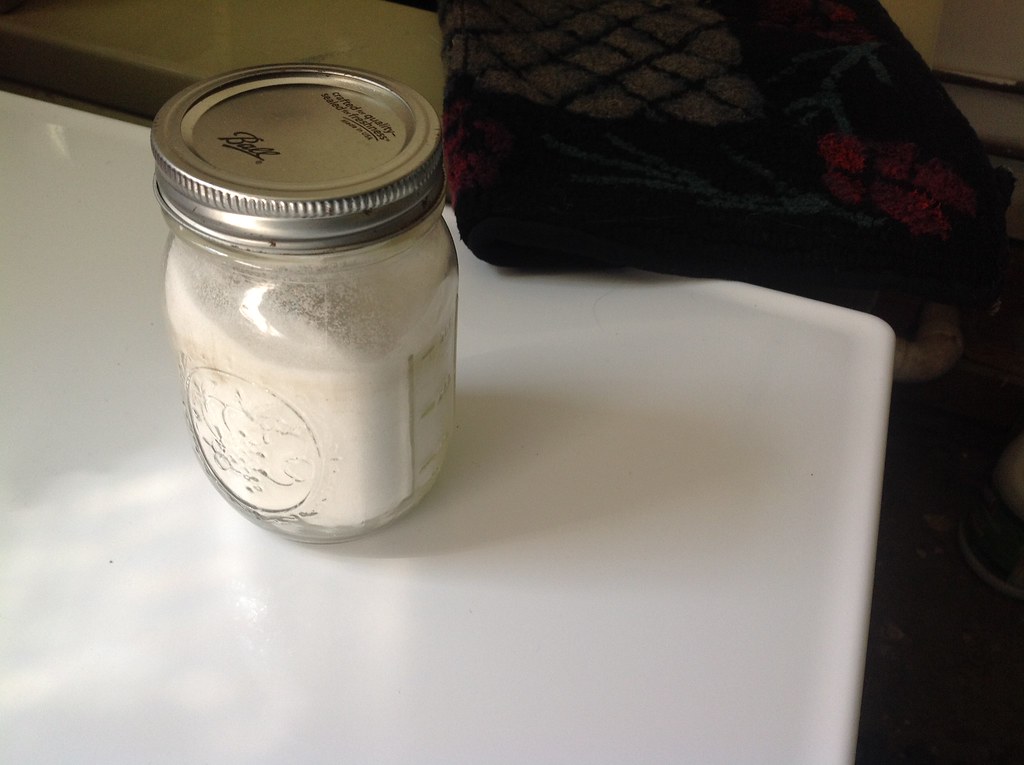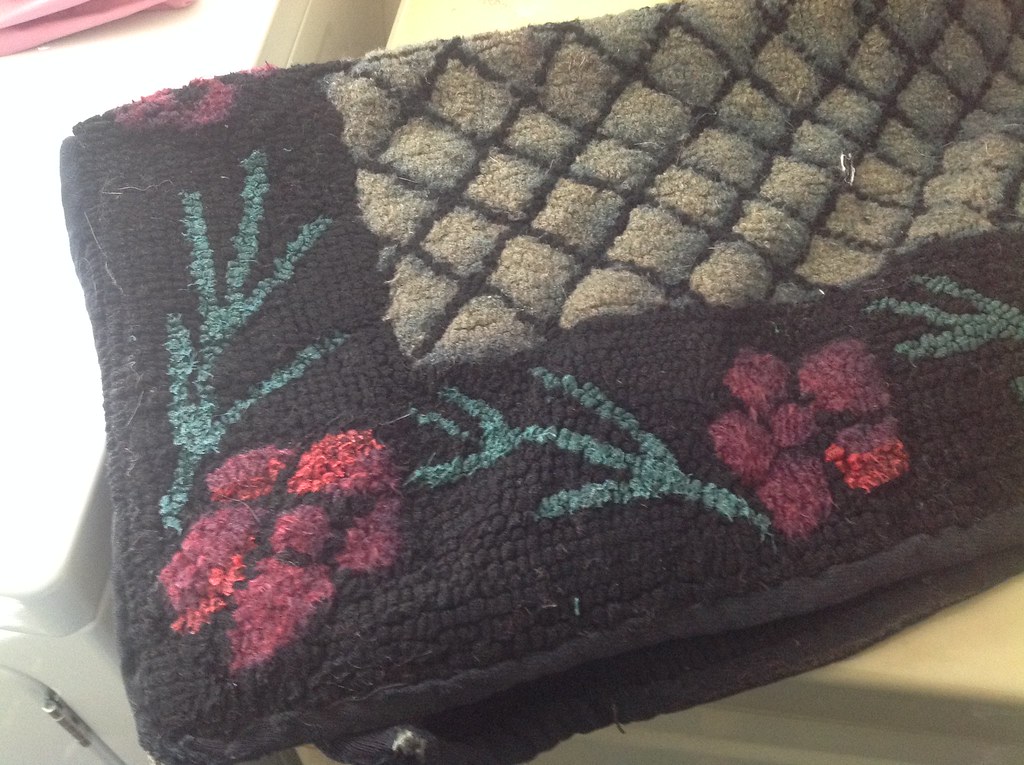Another newsletter went out yesterday, if you didn’t see it, you can check it out here.
Last weekend I was at SVFF, and had an amazing time interacting with students, and finding a couple of new-to-me vendors.
Being a little closer to the introvert side of things than the extrovert side of things, after teaching for 3 days straight, I spent Monday and Tuesday happily working on my computer and not interacting with anyone. I answered only the most pressing emails, and was unable to even contemplate a blog post.
This isn’t unusual – I normally need an hour or two after teaching for a day to “recover.” This was just a more extreme example.
I thought I’d share some highlights from the weekend, in the form of a pictorial essay:
Being in the mountains, the leaves were starting to change, even though they haven’t in Ashland. The contrast of the leaves against the sky was just stunning.
Teaching duct tape dress forms! Always a tricky part – getting the seam of your dress form to match up!
Bethany, the chairman, hooked me up with an SVFF t-shirt. Even though it was cool in the morning (and I had on my long-sleeve shirt and a shawl), by midday I was cooking, and eyeing the short-sleeved shirts. Bethany noticed and got me one. I’ve already washed it once so I could wear it again today.
Teaching Hairpin Crochet! Keep an eye on those two red hairpin lace strips – they’ll show up again!
The hairpin strips all connected! A little tiny piece of One Salt Sea.
I had a short hour after my second class on Saturday ended to check out the festival. I had to stop by and admire Dragonfly Fiber’s Booth and say hello. My eye was drawn to the shawl hanging up. It’s Faberge by Laura Aylor, and simply gorgeous.
On Sunday I was teaching an all-day class called Heels, Heels and More Heels! It was a terrible amount of fun to geek out about something I love. In the morning I was so cold – I had a turtleneck on under my dress, and a shawl overtop it. Recognize the shawl? It’s the Silva Shawl!
On Sunday at lunch I got a surprise – my student from my hairpin lace class was back – with far more than two strips connected! She wanted to share two helpful pieces of advice about One Salt Sea. First, she found it easier to connect the strips if she left her guideline in until after they were connected on both sides. It also helped when she didn’t stretch the strips out until after they were connected. I thought it was good advice, so I’m passing it along!
I loved the class space at SVFF. The class tents were set away from everything else, and I didn’t have to compete when speaking with anything else! Every once and a while we could hear some whistling from the sheep-herding demo that went on slightly nearby us. I was disappointed I didn’t get to see it, but Mr. Turtle took pictures – this was my favorite!
I’m looking forward to heading back to SVFF next year. It was a lovely event, and very well run. Did you go?







